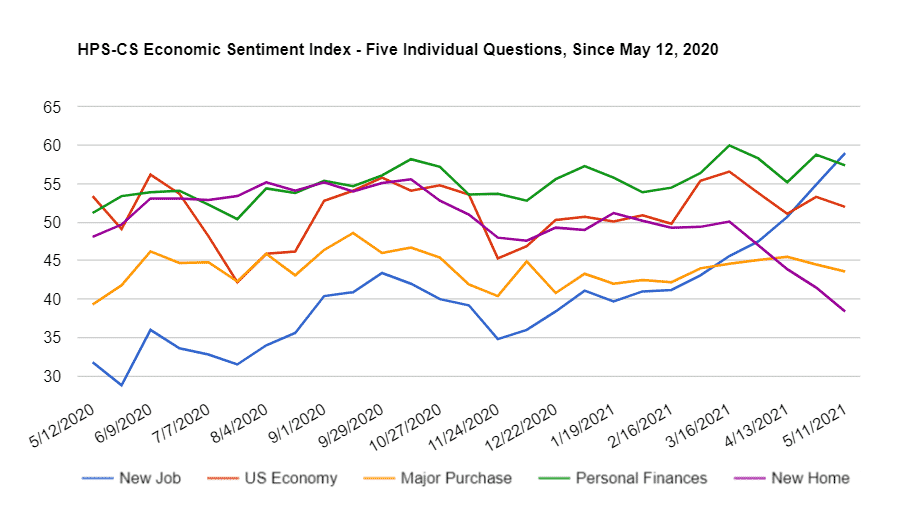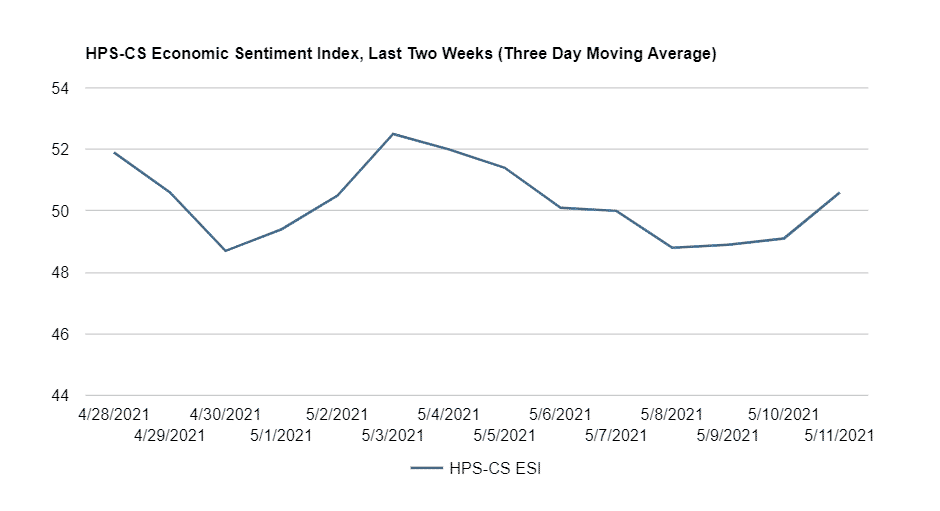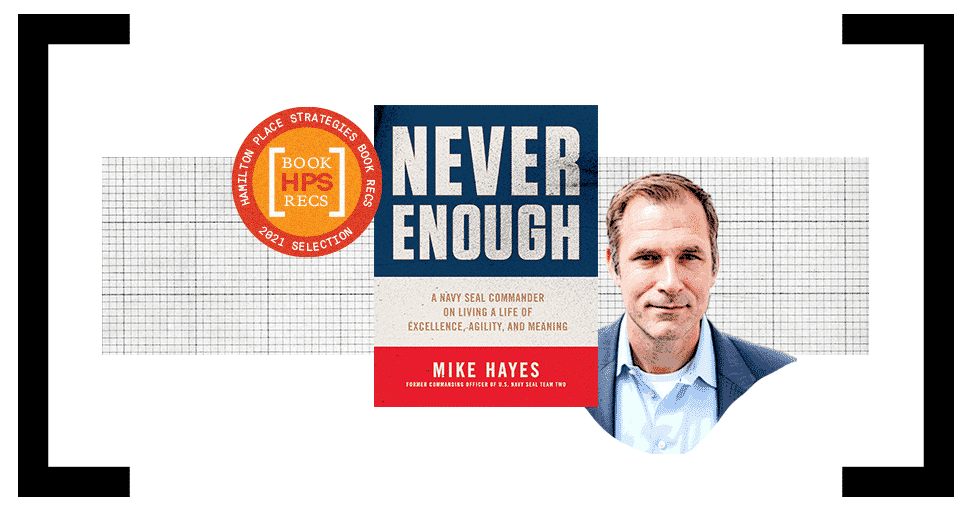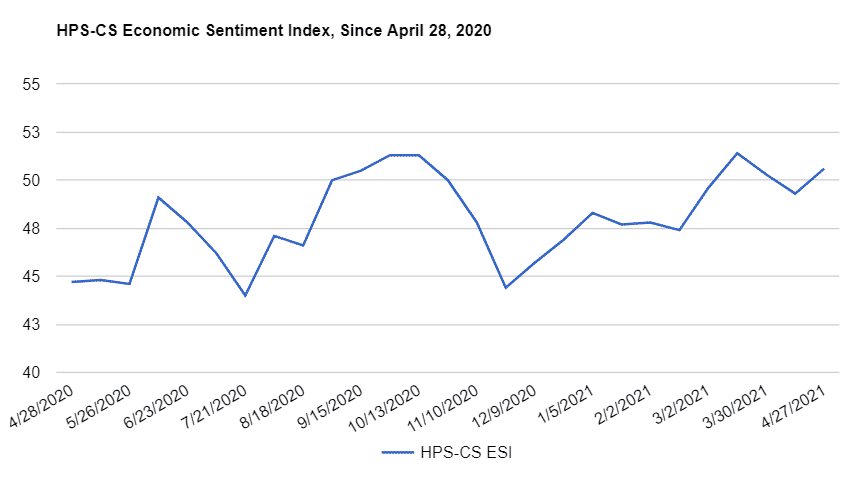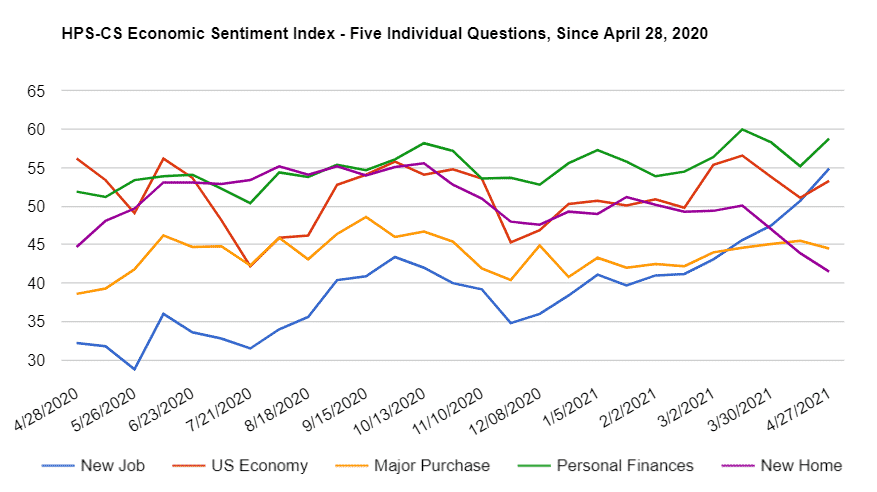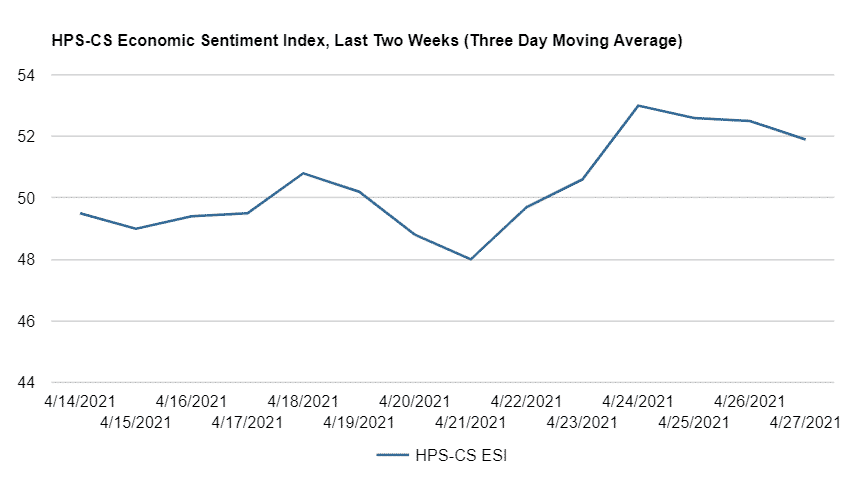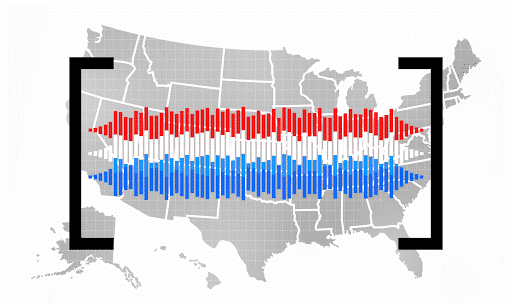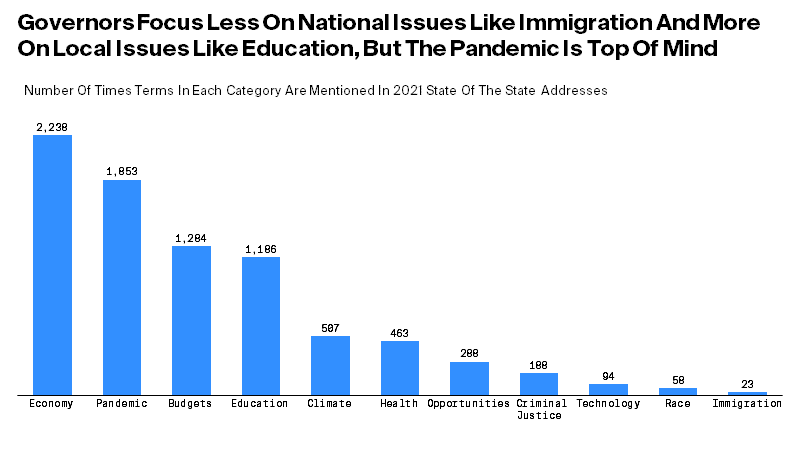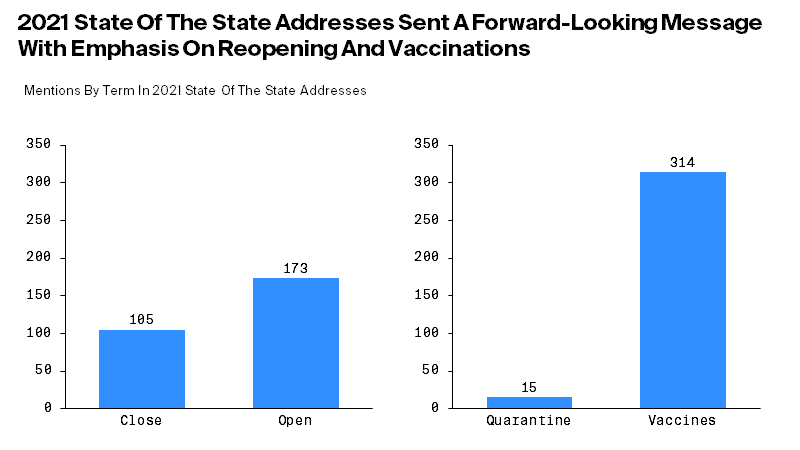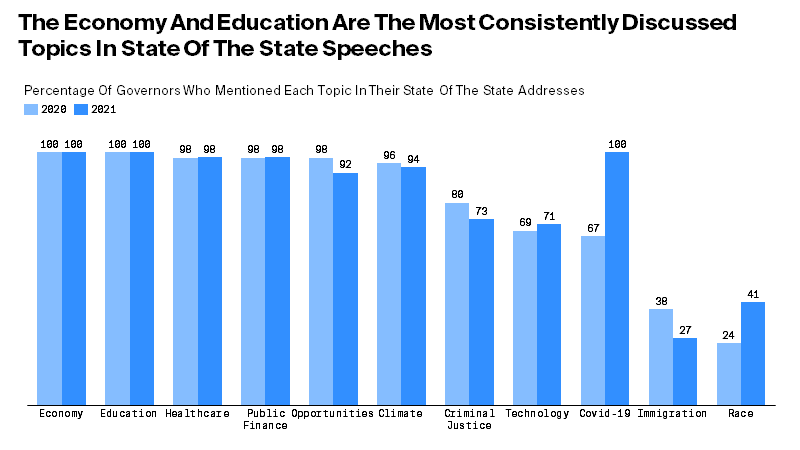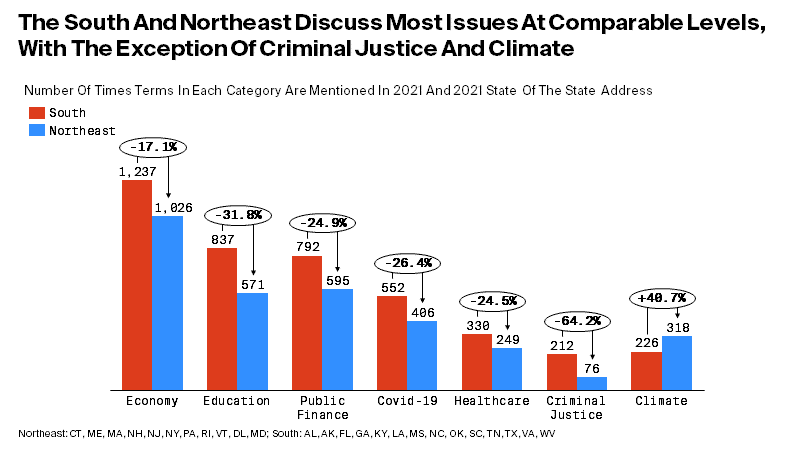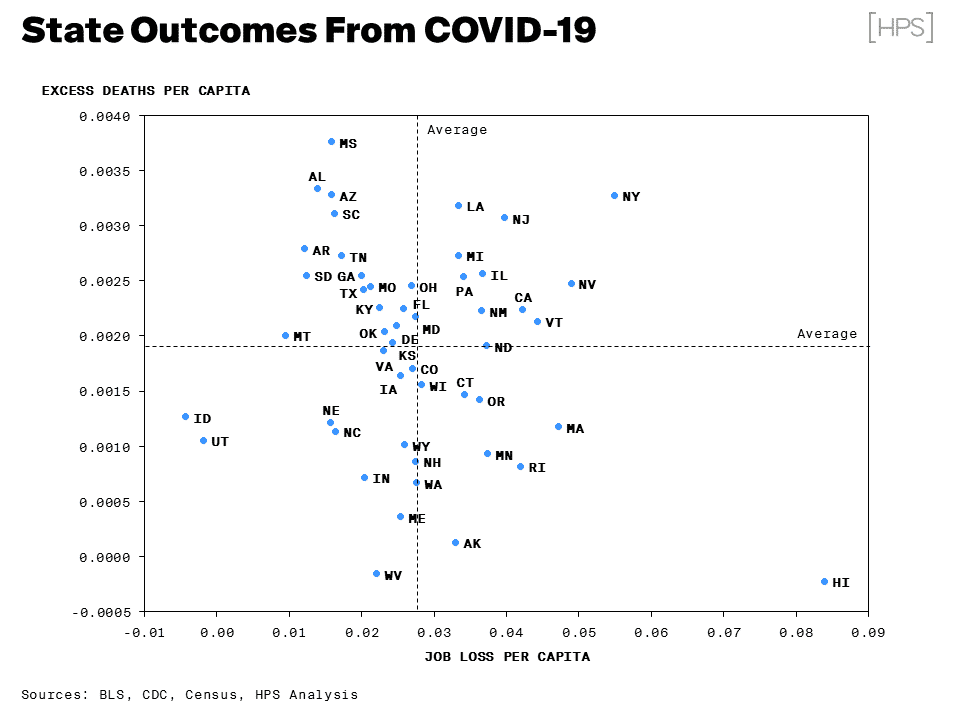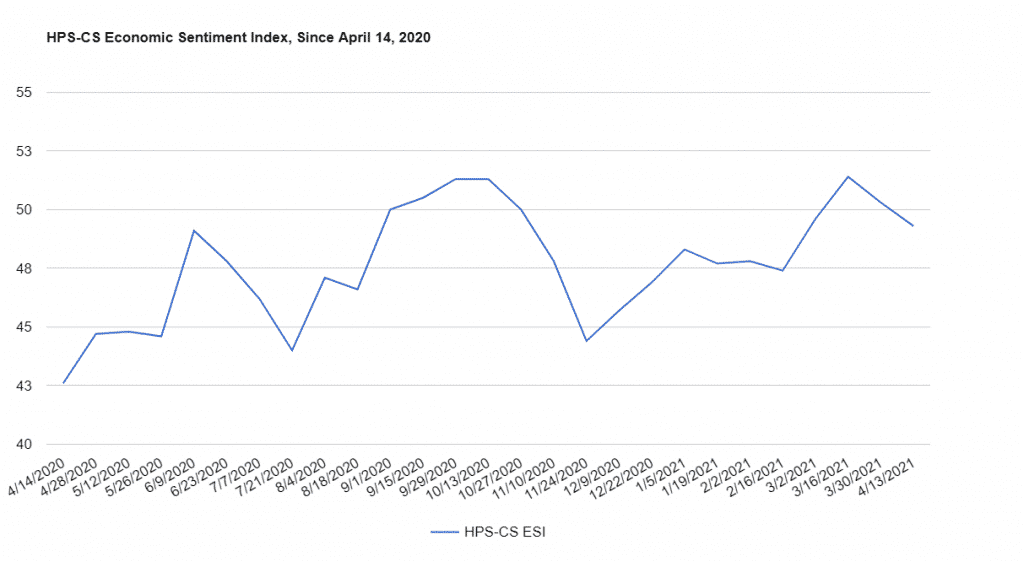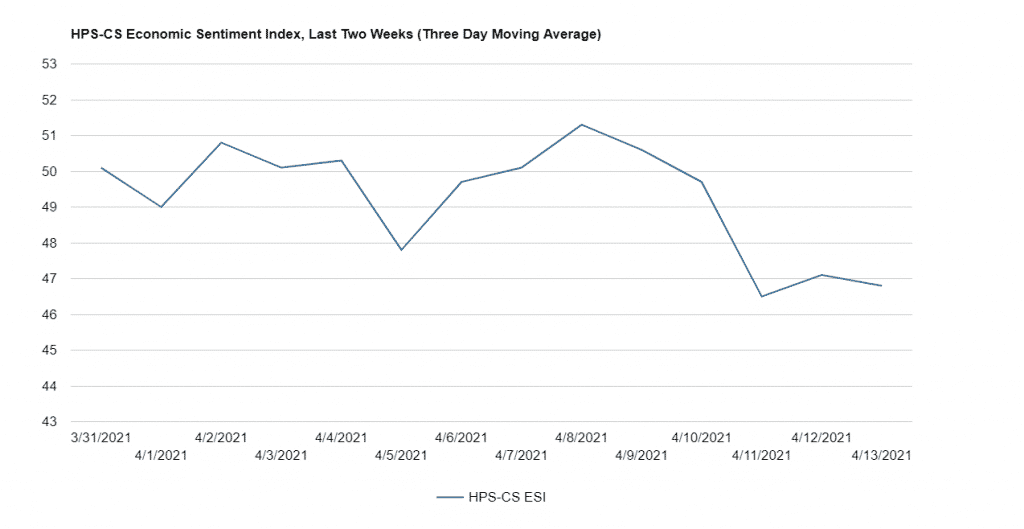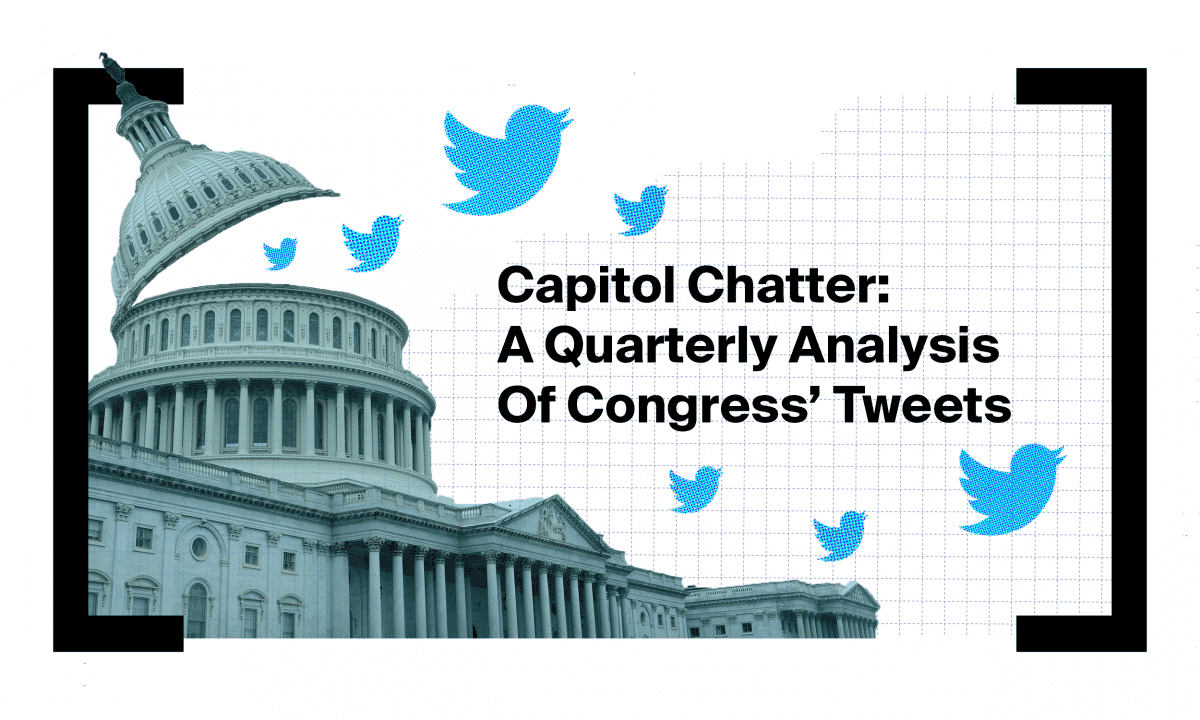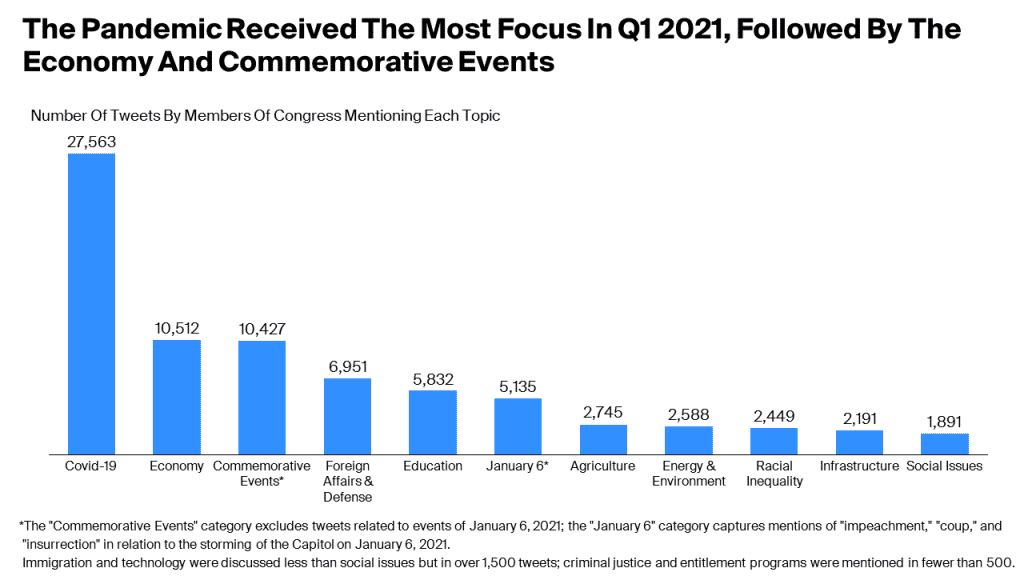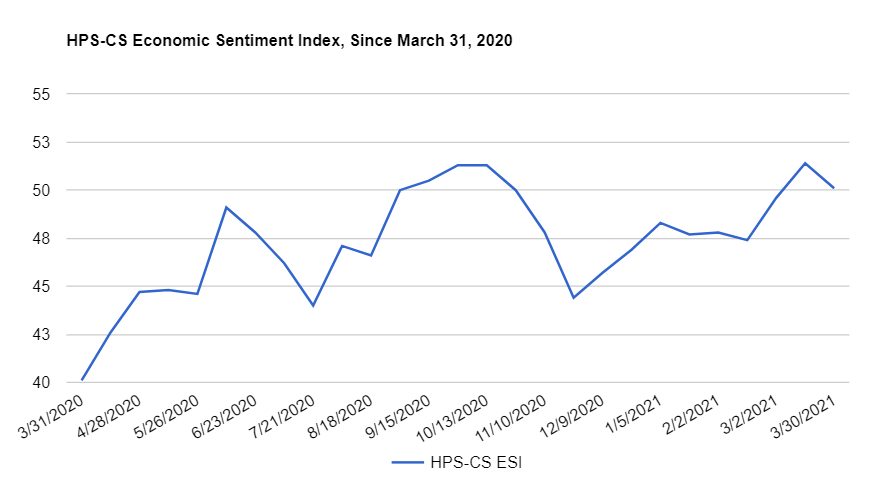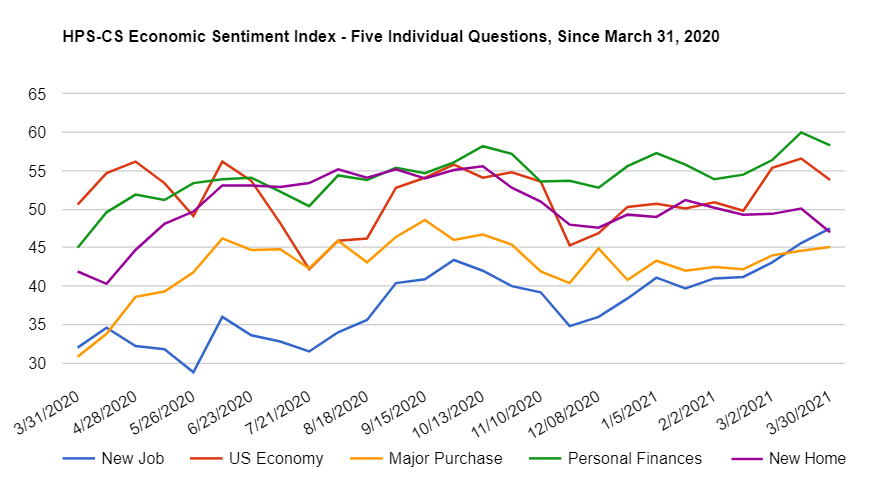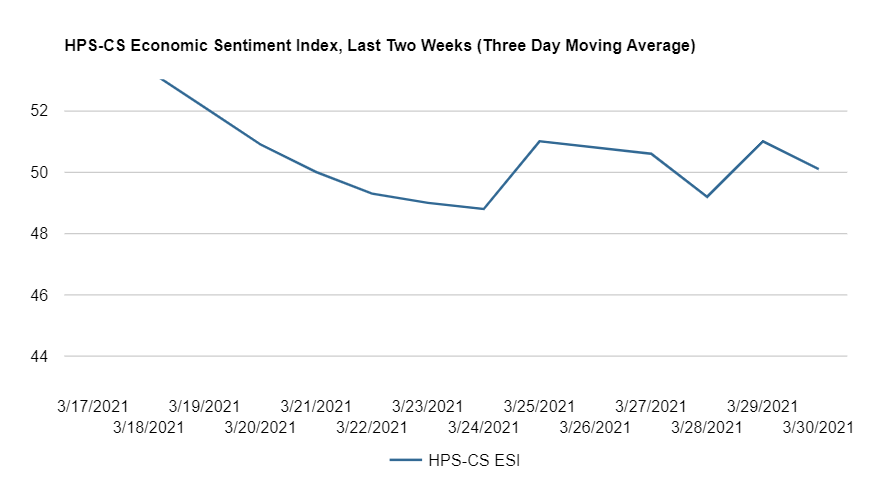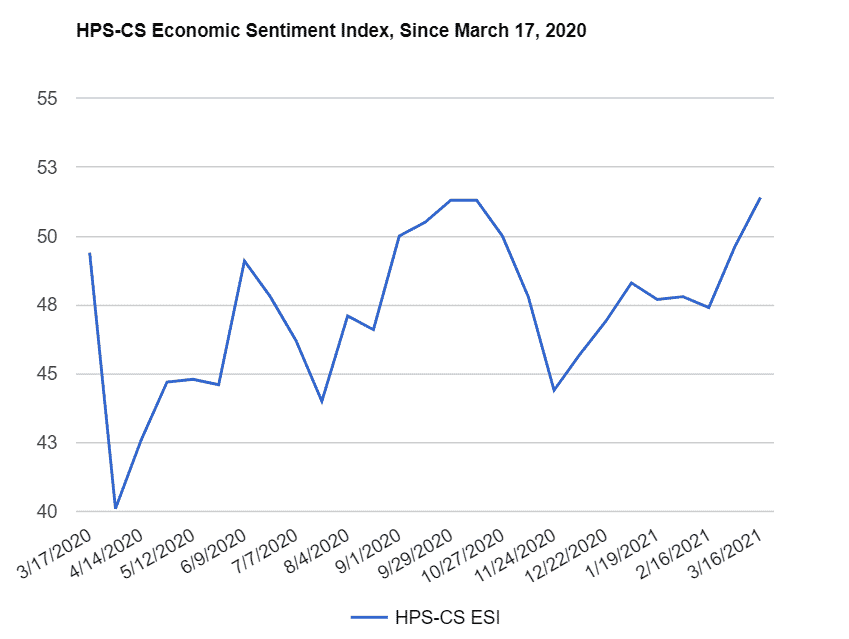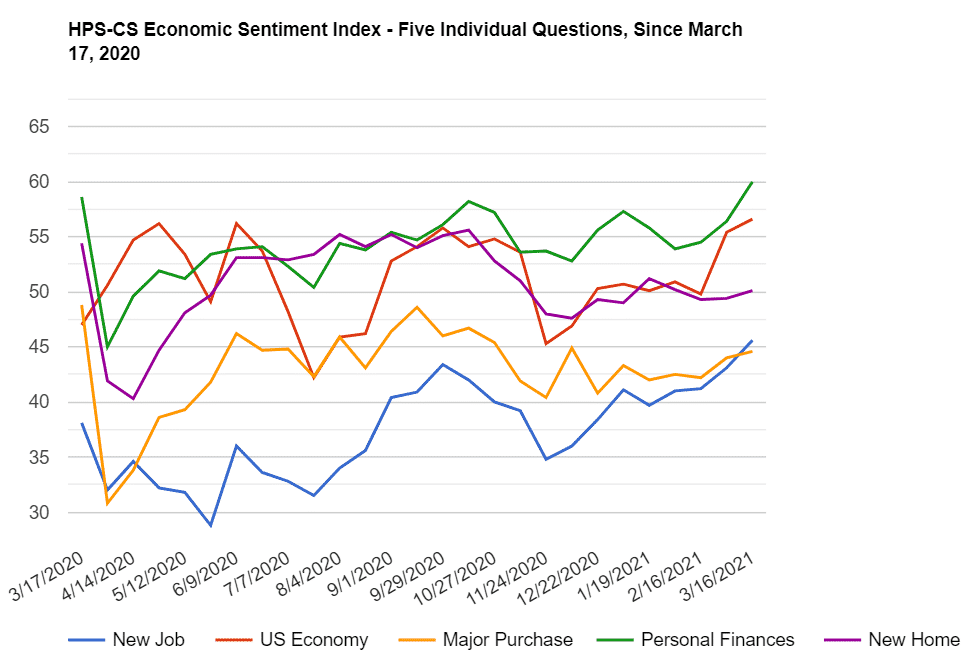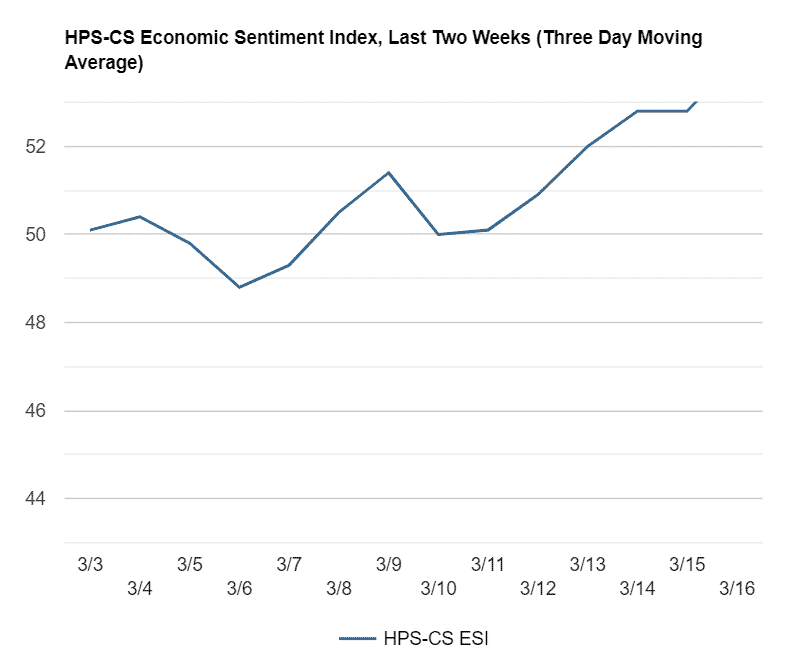WASHINGTON, D.C. – Hamilton Place Strategies (HPS) announced today that Cailin Schmeer, Patrice Smith, and Michael Sargent have joined the firm as directors.
“I’m thrilled to welcome Cailin, Patrice, and Michael to HPS,” said Tucker Warren, a partner at HPS. “Their experience working in the public and private sectors on some of the most pressing issues of our time will be of great benefit to our clients and to the HPS family at large.”
Cailin joins HPS from the U.S. Department of Treasury, where she served as the chief speechwriter to Secretary Steven T. Mnuchin and a director of public affairs, focusing on the Paycheck Protection Program, the Financial Stability Oversight Council, and other domestic finance programs. Prior to joining the Treasury, Cailin spent several years at the Pentagon in both policy and public affairs roles. She served as the chief of staff for special operations and low-intensity conflict policy and as a public affairs advisor. At the Department of Defense, she regularly advised four star-equivalent civilians on media relations, message development, and policy rollouts.
“I am incredibly excited to work alongside the highly talented team of strategists and communicators at HPS,” Cailin said. “Our clients face complex challenges, and I am eager to help solve them by applying my executive branch experience to the firm’s analytical approach to communications and public policy.”
Prior to joining HPS, Patrice served as a communications director in the U.S. House of Representatives. Patrice also worked in the office of U.S. Senator Tim Scott (R–SC), where she served as a speechwriter and media relations liaison. Additionally, she has broad experience with public relations and public affairs agencies in southern California and Washington, D.C., working on projects involving a range of clients, including Bill Conti, Hewlett-Packard (HP), Shell Oil Company, Genesis USA, Federal Realty Investment Trust, CNN commentators, and others.
“I am excited to join a great group of policy-minded communicators in Washington,” said Patrice. “After spending time on the Hill, it is a great experience to learn how things operate outside of the Capitol. I look forward to growing with HPS and learning from my colleagues.”
Michael joins HPS from Madrus LLC, a strategic transportation and infrastructure consulting firm, where he served as director of policy and research. There, he spearheaded research, strategic advisory, and policy development projects for Madrus’ clients, including investors, corporations, and governments. He also spent over four years in various economic policy roles at the Heritage Foundation, most recently as a policy analyst leading the Foundation’s research and advocacy efforts for transportation and infrastructure issues. In addition, he has worked on and advised several political campaigns.
“HPS’ unique analytical approach to public affairs not only provides immense value to its clients, but also improves the quality of public policy debates,” said Michael. “I am thrilled to join HPS’ leading team of policy and communications professionals.”



